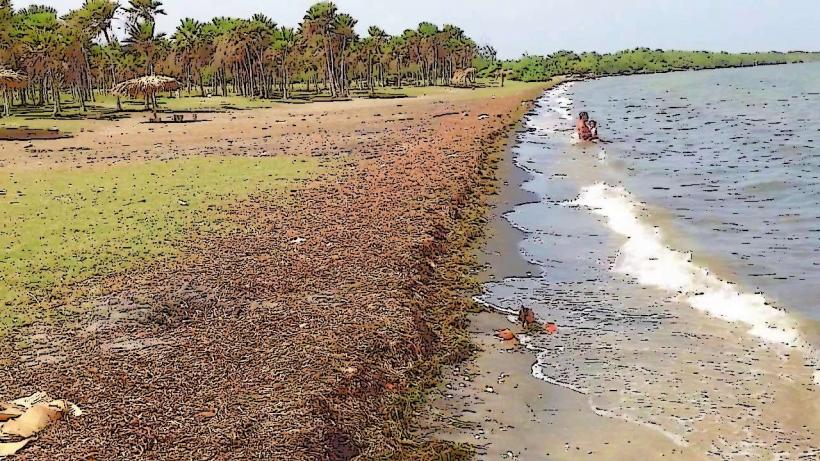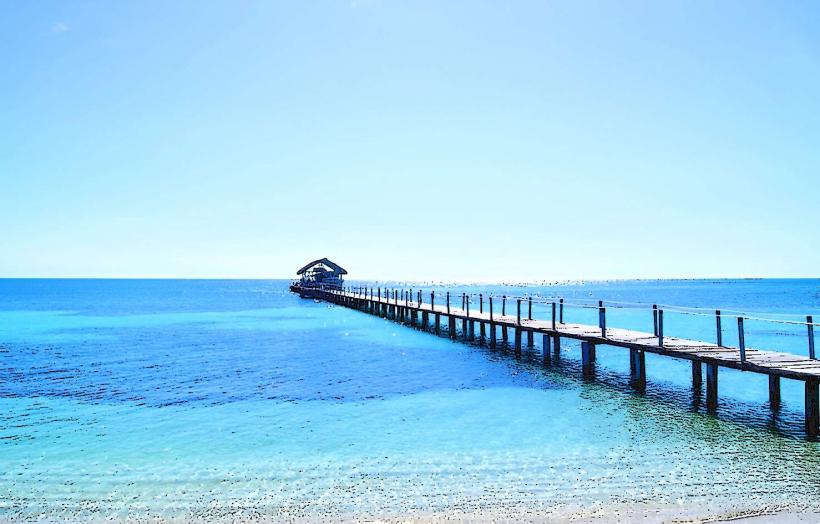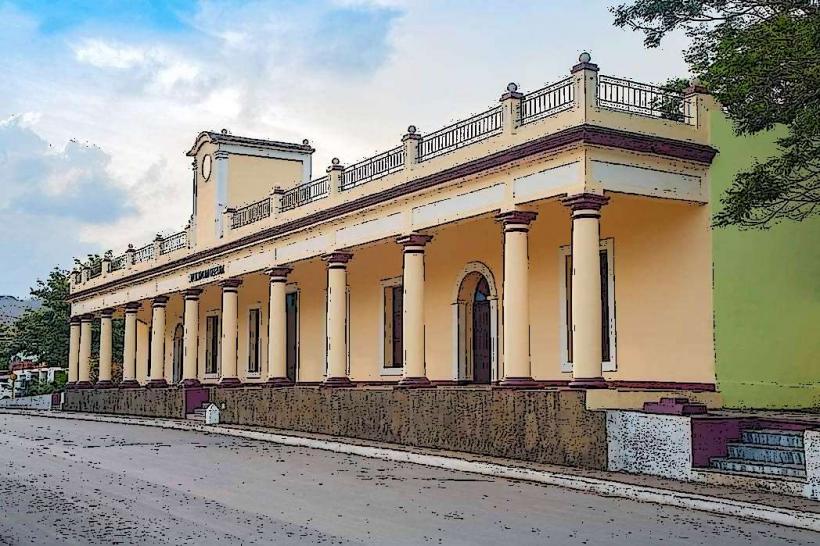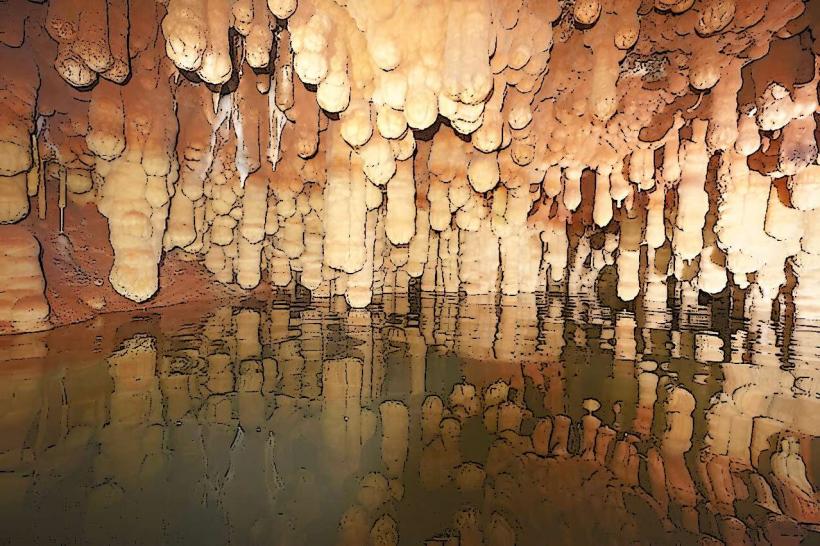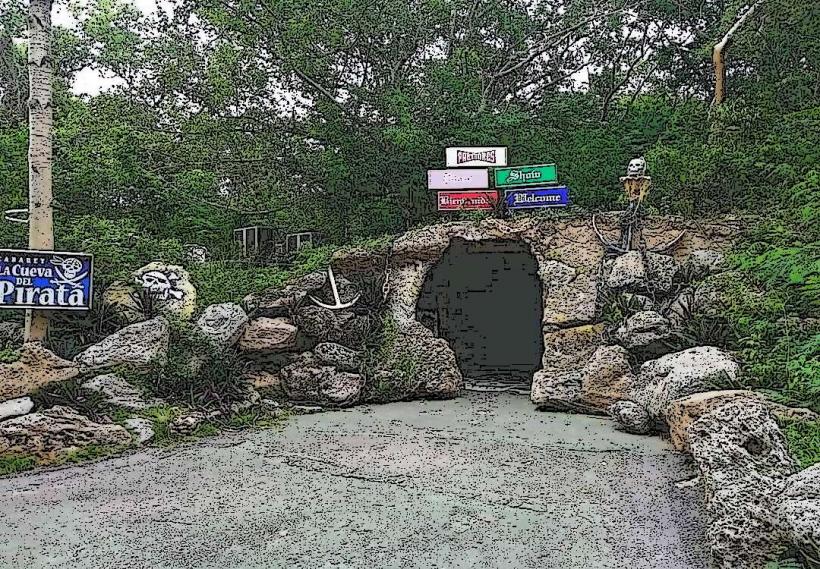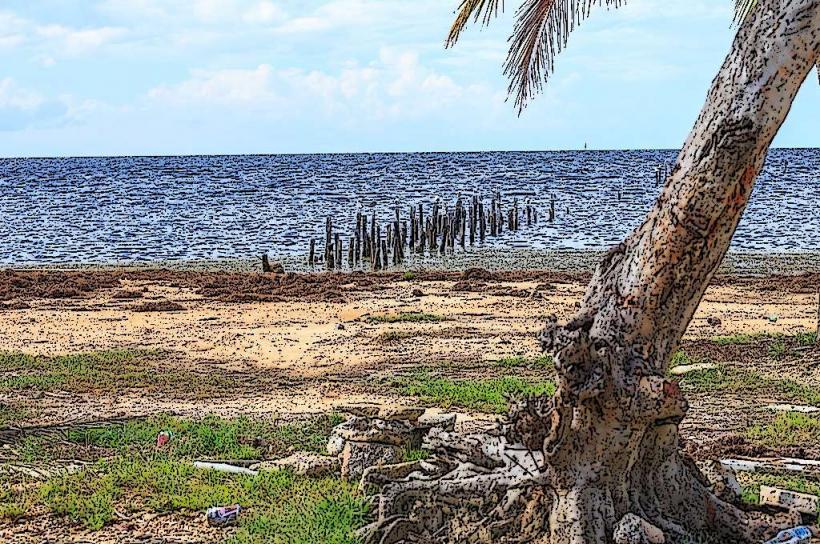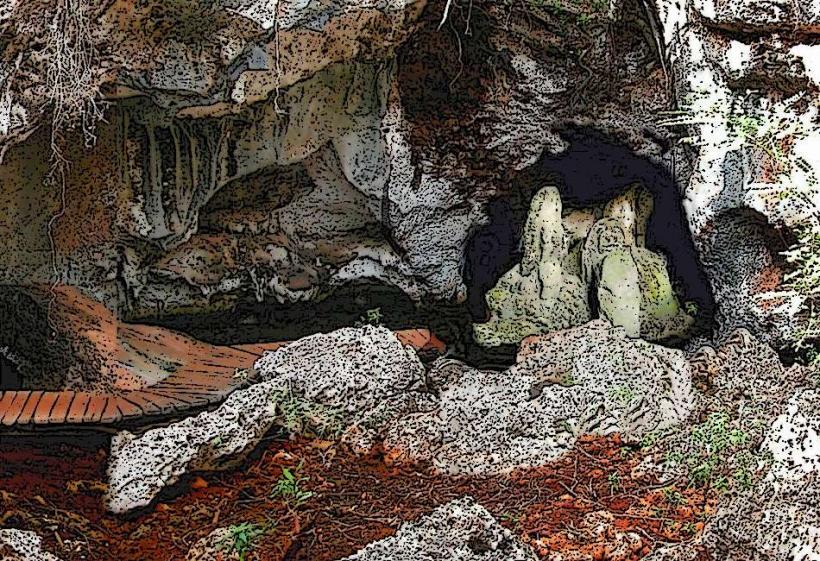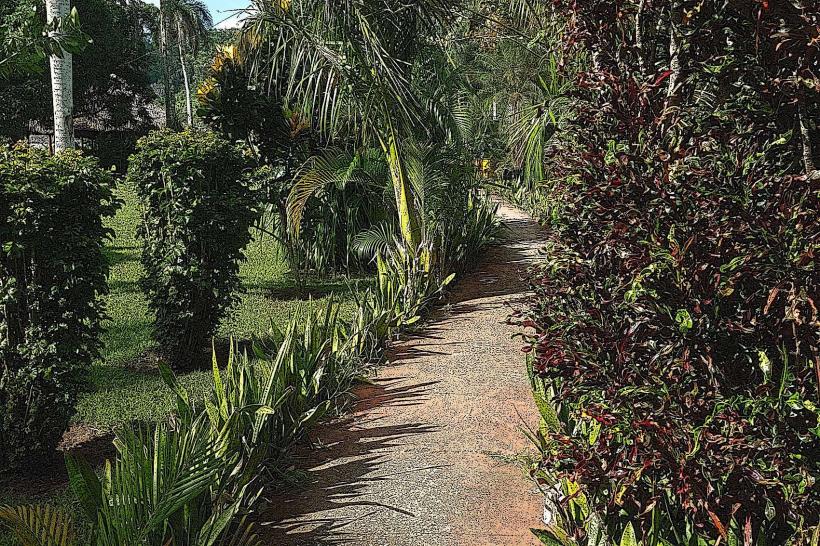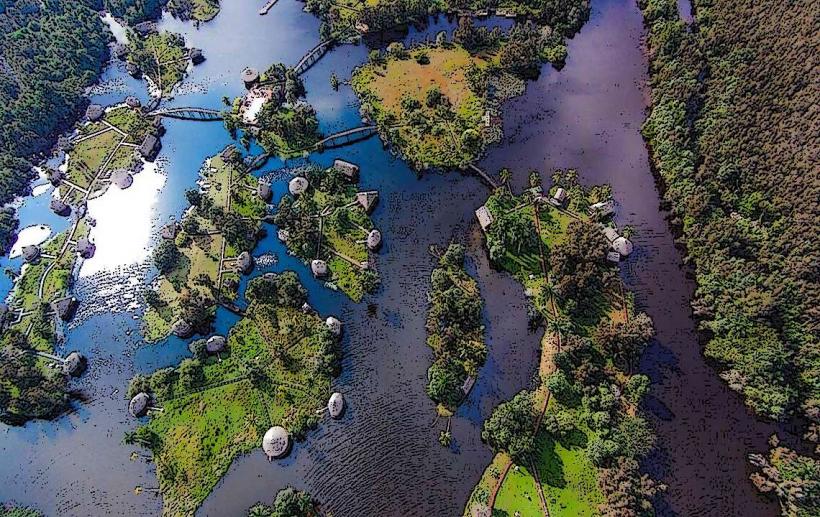Information
Landmark: Punta de la CuevaCity: Isla de la Juventud
Country: Cuba
Continent: North America
Punta de la Cueva is a coastal area located in the Ciénaga de Zapata region, which is part of the Matanzas province on the south coast of Cuba. Known for its natural beauty and rich biodiversity, Punta de la Cueva is a secluded and tranquil spot, offering a mix of mangroves, beaches, and wetlands, making it an excellent destination for those interested in nature and eco-tourism.
Location and Access
- Ciénaga de Zapata: Punta de la Cueva is located within the Ciénaga de Zapata wetlands, a vast ecosystem in Matanzas province, Cuba. It lies in the southern part of this natural reserve, close to the Zapata Swamp and the Bay of Pigs region.
- Proximity: The area is roughly 160 km (100 miles) from Havana, which makes it accessible by car for visitors traveling from the capital or other parts of the island.
Natural Features
Punta de la Cueva is part of the extensive wetland system that dominates the Ciénaga de Zapata. The region's diverse ecosystems offer a range of environments for exploration.
Mangroves and Wetlands
- Mangrove Forests: Punta de la Cueva features lush mangrove forests, which are essential for maintaining the coastal ecology. These trees help prevent erosion, protect inland areas from storms, and provide a critical habitat for various wildlife species.
- Wetlands: The area is part of a large wetland system that acts as a natural filtration system, purifying water and supporting a wide variety of species, including migratory birds and aquatic life.
Coastal and Marine Environment
- Beaches: The coast around Punta de la Cueva includes remote beaches, offering serene and uncrowded spots for visitors to enjoy the natural beauty of the Caribbean coastline. These beaches are relatively untouched and offer pristine natural settings.
- Coral Reefs: The nearby marine areas may contain coral reefs, which are a draw for snorkelers and divers who are keen to explore Cuba’s underwater ecosystems.
Wildlife and Biodiversity
The Ciénaga de Zapata region, including Punta de la Cueva, is home to a diverse range of wildlife, especially bird species and marine life.
Birdwatching
- Migratory Birds: The wetlands and coastal areas attract numerous species of migratory birds, making Punta de la Cueva a significant spot for birdwatching. Birders may spot various species of herons, egrets, ducks, and even the Cuban parakeet.
- Endemic Species: The region is home to several endemic Cuban bird species, such as the Zapata wren and the Cuban pigeon, both of which are of interest to conservationists and bird enthusiasts.
Cuban Crocodile
The region is also home to the Cuban crocodile, a critically endangered species. While these crocodiles are primarily found in the freshwater lagoons and swamps of the area, visitors to Punta de la Cueva may have the opportunity to spot them in nearby water bodies.
Marine Life
- The area is rich in marine biodiversity, with abundant fish species, sea turtles, and coral ecosystems. Snorkeling and diving opportunities exist for those wishing to explore the underwater world.
Tourism and Activities
Though Punta de la Cueva is a relatively secluded spot, there are several activities for nature lovers and eco-tourists to enjoy.
Ecotourism and Hiking
- Guided Tours: Visitors to Punta de la Cueva can explore the area with guided ecotours that focus on the unique ecosystems of the region, including the mangroves, coastal wetlands, and diverse wildlife. Guides offer insight into the flora and fauna, as well as conservation efforts in the area.
- Nature Trails: The area offers hiking opportunities, with nature trails that lead through the mangroves and beaches, providing a chance to observe wildlife and appreciate the beauty of the natural environment.
Birdwatching and Wildlife Observation
- Birdwatching: Punta de la Cueva is a great destination for birdwatching, with the opportunity to spot migratory species and endemic birds. The region’s biodiversity makes it an attractive location for ornithologists and nature photographers.
- Wildlife Photography: Due to its rich biodiversity, the area is also a popular destination for wildlife photography, especially for those interested in capturing images of Cuban crocodiles, wading birds, and other native species.
Snorkeling and Diving
- For those interested in underwater exploration, the nearby coral reefs offer opportunities for snorkeling and scuba diving, with a chance to see diverse marine life in a relatively untouched environment.
Conservation Efforts
The Ciénaga de Zapata region, including Punta de la Cueva, is an essential area for conservation efforts in Cuba. The area plays a critical role in protecting endangered species, such as the Cuban crocodile, and preserving the region's delicate wetland ecosystems.
- Cuban Crocodile Protection: The Cuban crocodile is under threat due to habitat loss and human activity. Conservation efforts in the Punta de la Cueva area include monitoring crocodile populations and working to protect their habitats from further degradation.
- Wetland Preservation: The mangrove forests and wetlands are protected as part of Cuba’s commitment to preserving its natural resources. The area is a designated biosphere reserve, contributing to the global effort to safeguard wetlands and their vital role in maintaining ecological balance.
Nearby Attractions
- Cueva de los Peces: A nearby attraction, the Cueva de los Peces is a cenote (natural freshwater swimming pool) that offers excellent opportunities for swimming, snorkeling, and diving in crystal-clear waters.
- Bay of Pigs: Located not far from Punta de la Cueva, the Bay of Pigs is famous for its historical significance and offers opportunities for diving and snorkeling in vibrant coral reefs.
- Playa Larga: This nearby beach is part of the Ciénaga de Zapata region and is known for its tranquil setting, making it perfect for those looking to relax by the sea.
Conclusion
Punta de la Cueva offers a peaceful escape into one of Cuba's most ecologically rich regions. Its pristine beaches, vibrant wetlands, and unique wildlife make it a fantastic destination for those interested in eco-tourism, birdwatching, and nature exploration. Whether you’re exploring the mangrove forests, observing endangered species, or enjoying the beaches and marine life, Punta de la Cueva provides a perfect setting for nature lovers looking to experience the beauty of Cuba's natural landscapes.

